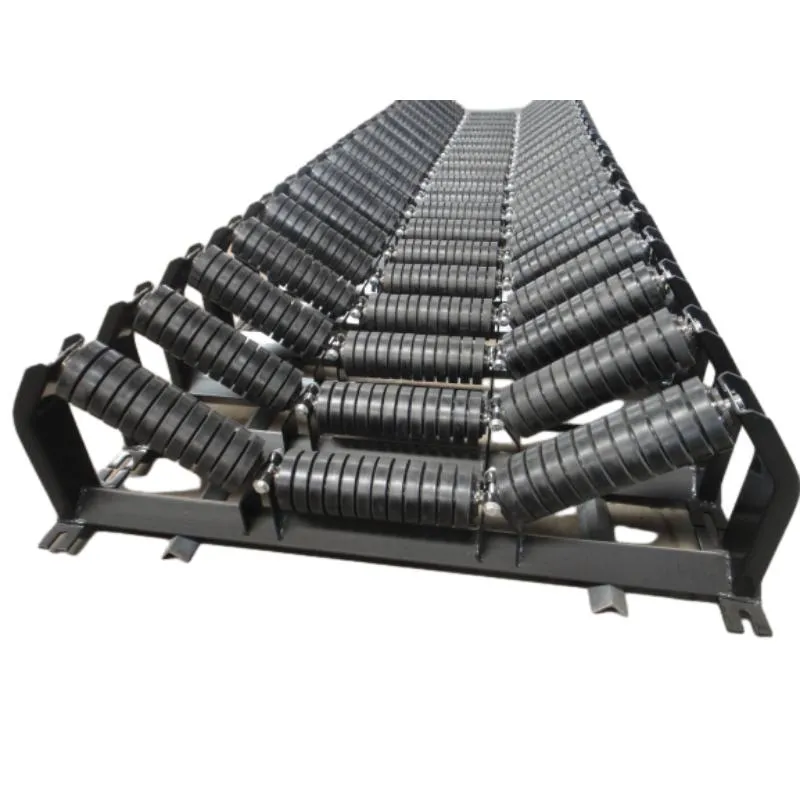 Afrikaans
Afrikaans  Albanian
Albanian  Amharic
Amharic  Arabic
Arabic  Armenian
Armenian  Azerbaijani
Azerbaijani  Basque
Basque  Belarusian
Belarusian  Bengali
Bengali  Bosnian
Bosnian  Bulgarian
Bulgarian  Catalan
Catalan  Cebuano
Cebuano  Corsican
Corsican  Croatian
Croatian  Czech
Czech  Danish
Danish  Dutch
Dutch  English
English  Esperanto
Esperanto  Estonian
Estonian  Finnish
Finnish  French
French  Frisian
Frisian  Galician
Galician  Georgian
Georgian  German
German  Greek
Greek  Gujarati
Gujarati  Haitian Creole
Haitian Creole  hausa
hausa  hawaiian
hawaiian  Hebrew
Hebrew  Hindi
Hindi  Miao
Miao  Hungarian
Hungarian  Icelandic
Icelandic  igbo
igbo  Indonesian
Indonesian  irish
irish  Italian
Italian  Japanese
Japanese  Javanese
Javanese  Kannada
Kannada  kazakh
kazakh  Khmer
Khmer  Rwandese
Rwandese  Korean
Korean  Kurdish
Kurdish  Kyrgyz
Kyrgyz  Lao
Lao  Latin
Latin  Latvian
Latvian  Lithuanian
Lithuanian  Luxembourgish
Luxembourgish  Macedonian
Macedonian  Malgashi
Malgashi  Malay
Malay  Malayalam
Malayalam  Maltese
Maltese  Maori
Maori  Marathi
Marathi  Mongolian
Mongolian  Myanmar
Myanmar  Nepali
Nepali  Norwegian
Norwegian  Norwegian
Norwegian  Occitan
Occitan  Pashto
Pashto  Persian
Persian  Polish
Polish  Portuguese
Portuguese  Punjabi
Punjabi  Romanian
Romanian  Russian
Russian  Samoan
Samoan  Scottish Gaelic
Scottish Gaelic  Serbian
Serbian  Sesotho
Sesotho  Shona
Shona  Sindhi
Sindhi  Sinhala
Sinhala  Slovak
Slovak  Slovenian
Slovenian  Somali
Somali  Spanish
Spanish  Sundanese
Sundanese  Swahili
Swahili  Swedish
Swedish  Tagalog
Tagalog  Tajik
Tajik  Tamil
Tamil  Tatar
Tatar  Telugu
Telugu  Thai
Thai  Turkish
Turkish  Turkmen
Turkmen  Ukrainian
Ukrainian  Urdu
Urdu  Uighur
Uighur  Uzbek
Uzbek  Vietnamese
Vietnamese  Welsh
Welsh  Bantu
Bantu  Yiddish
Yiddish  Yoruba
Yoruba  Zulu
Zulu head pulley tail pulley for belt conveyor
Understanding Head Pulley and Tail Pulley in Belt Conveyors
Belt conveyors are essential components in various industries, facilitating the efficient movement of materials over short and long distances. These conveyors consist of several critical components, with the head pulley and tail pulley being two of the most vital. Understanding the role and functionality of these pulleys can enhance the efficiency and effectiveness of material handling processes.
The Basics of Belt Conveyors
A belt conveyor is a system of pulleys and belts that transport materials from one location to another. The system drives a belt made of various materials—commonly rubber or fabric—over two or more pulleys. The continuous loop of the belt allows for a seamless movement of materials, making it an ideal solution for manufacturing, mining, and bulk material handling industries.
Head Pulley The Driving Force
The head pulley, located at the discharge end of the conveyor, is primarily responsible for controlling the movement of the belt. It is equipped with a drive motor that powers the system. The rotation of the head pulley propels the belt forward, pulling the material loaded on it along the conveyor’s length.
One of the critical functions of the head pulley is to ensure that sufficient tension is maintained in the belt. Proper tension is crucial for the effective transmission of power from the drive motor to the belt. If the tension is too loose, the belt may slip off the pulley; if it is too tight, it can lead to excessive wear and tear, reducing the overall lifespan of the components.
Additionally, the head pulley often features a crowned design. This shape helps align the belt in the center, preventing it from wandering off the sides and mitigating the risk of misalignment. Some head pulleys also incorporate magnetic or ceramic surfaces to enhance material discharge and minimize carryback—that is, materials that stick to the belt during the return journey.
Tail Pulley The Supportive Partner
head pulley tail pulley for belt conveyor

On the opposite end of the conveyor is the tail pulley, which serves a supportive role in the operation of the entire system. Unlike the head pulley, the tail pulley does not drive the belt but plays a crucial role in keeping the belt aligned and maintaining tension.
The tail pulley can be classified into different types based on its function
1. Take-Up Tail Pulley This type allows for adjustments in belt tension. It is commonly used in longer conveyors where maintaining the correct belt tension is essential to prevent slippage.
2. Driven Tail Pulley In some designs, the tail pulley may also serve as a drive pulley, especially in configurations that require reversing the belt direction for loading or unloading materials efficiently.
3. Idler Tail Pulley These pulleys support the belt, allowing it to return to the head pulley. They are particularly useful for reducing the potential for wear on the belt and increasing system longevity.
The Interaction Between Head and Tail Pulleys
The interaction between the head and tail pulleys is vital for the overall efficiency of the belt conveyor system. The head pulley generates the necessary force to move the belt, while the tail pulley provides the alignment and tension needed to keep the belt in place. Any malfunction in either pulley can result in operational inefficiencies, potential breakdowns, and increased maintenance costs.
Conclusion
In summary, the head pulley and tail pulley are indispensable components of belt conveyors that work in tandem to ensure the smooth and efficient transport of materials. Understanding their roles not only helps in optimizing the performance of conveyor systems but also in maintaining them effectively. By prioritizing maintenance and addressing potential issues early, industries can enhance productivity and minimize operational disruptions in their material handling processes. As technology progresses, future advancements in pulley design and functionality may further revolutionize the capabilities of belt conveyors, making them even more integral to industrial operations.
-
Revolutionizing Conveyor Reliability with Advanced Rubber Lagging PulleysNewsJul.22,2025
-
Powering Precision and Durability with Expert Manufacturers of Conveyor ComponentsNewsJul.22,2025
-
Optimizing Conveyor Systems with Advanced Conveyor AccessoriesNewsJul.22,2025
-
Maximize Conveyor Efficiency with Quality Conveyor Idler PulleysNewsJul.22,2025
-
Future-Proof Your Conveyor System with High-Performance Polyurethane RollerNewsJul.22,2025
-
Driving Efficiency Forward with Quality Idlers and RollersNewsJul.22,2025





























